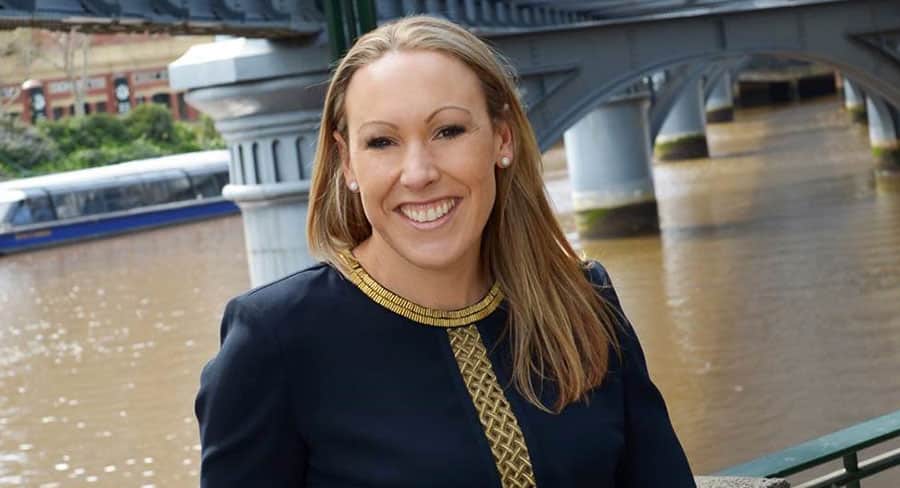Global advertising expenditure by healthcare brands will grow 3.6% this year to reach US$36bn, according to Zenith’s Healthcare Advertising Expenditure Forecasts.
Zenith forecasts another year of 3.6% growth in 2020. This first exclusive survey of healthcare advertising in 13 key markets across the world* builds on Zenith’s authoritative Advertising Expenditure Forecasts, and is published in collaboration with Zenith’s sister agency Publicis Health Media.
Healthcare advertising is growing at a slower rate than advertising as a whole, which is expected to grow by 4.8% in 2019 and 4.3% in 2020 across the same 13 markets.
High research costs and persistent downward pressure on prices are hindering the prescription medicine business and restraining advertising spend by the big healthcare companies. However, this will begin to change as the ageing global population creates a higher demand for healthcare, combined with new over-the-counter products and services that will expand the supply, enabled by new technologies like personal data tracking, telemedicine and AI.
In Australia, advertising expenditure by healthcare brands is expected to see a slight 0.5% fall this year to AU$181.6m. This will be followed by limited growth of 0.5% to AU$182.5m in 2020.
Zenith Australia CEO, Nickie Scriven (pictured), said with the country recently entering a “pro-rata” recession and with consumer confidence at its lowest level in years, many businesses will find 2019 a difficult year.
“As consumers pull back on non-essential spending, we anticipate advertising spend to grow slightly in 2020 and beyond, as advertisers attempt to stay top of mind and stimulate spending against a backdrop of lower demand. Though the healthcare sector will be less affected than advertiser categories such as automotive or retail, we anticipate the rise of generics to impact branded product sales as consumers look for cost savings. This will likely continue to trouble the industry, leading to increased brand advertising as a key priority to counter the switching behaviour.”
Television budgets are shifting to out-of-home and online
Television is the most important medium for healthcare advertising, accounting for 54.7% of spend in 2018, far higher than television’s 30.8% share of the advertising market as a whole.
However, continued media inflation and declining ratings in key markets are pushing healthcare brands to build awareness in other media, notably out-of-home and online.
Healthcare adspend on television fell 3.1% in 2018 and is forecast to decline 4.6% in 2019 and 5.2% in both 2020 and 2021. This is faster than the decline in television adspend across the market as a whole, which is shrinking at about 1.0% a year.
The spread of digital display is making out-of-home a more effective substitute for television in awareness campaigns. Out-of-home is currently somewhat underused by healthcare advertisers – it will account for 4.0% of healthcare adspend this year, compared to 6.4% for adspend across the whole market. But that’s changing rapidly: out-of-home healthcare adspend grew 11% in 2018, and is forecast to grow 15% in 2019.
Television’s main competition is internet advertising, which accounted for 34% of healthcare adspend in 2018. Internet advertising allows healthcare brands to reach potential customers with discretion, often when they are actively searching for information about their health problems and are therefore receptive to the solutions on offer.
As healthcare adspend moves into more targeted and personalised social and digital channels, this will reduce exposure to consumer who are not potential customers and improve efficiency, pulling further spending from television – especially if US legislation successfully requires broadcast ads to carry pricing information.
Healthcare internet adspend grew 16% in 2018, and Zenith forecasts another year of 16% growth in 2019. In 2021, the internet will overtake television to become the biggest medium for healthcare advertising, attracting 46% of all healthcare adspend.
In Australia, internet adspend is forecast to grow by 10.9% to AU$47.3m in 2019, and continue to grow at a similar rate over the next two years. Television adspend on the other hand is forecast to fall by 3.6% to AU$99.2m this year, though the decline is expected to slow to 1.8% by 2021.
Scriven said: “We expect that healthcare advertisers will move further into digital advertising, mirroring the wider market. Advertisers in this sector tend to be some of the most sophisticated. Healthcare and pharmaceutical professionals are increasingly exploring innovative ways to utilise data and insights to drive strategy and consumer engagement. As such, we anticipate accelerated investment in data and advertising strategies to leverage and enhance owned first party data.”
*This research covers Australia, Brazil, Canada, China, France, Germany, India, Italy, Russia, South Korea, Spain, the UK, and the USA. These markets account for 78% of global adspend across all categories and are representative of trends worldwide.
